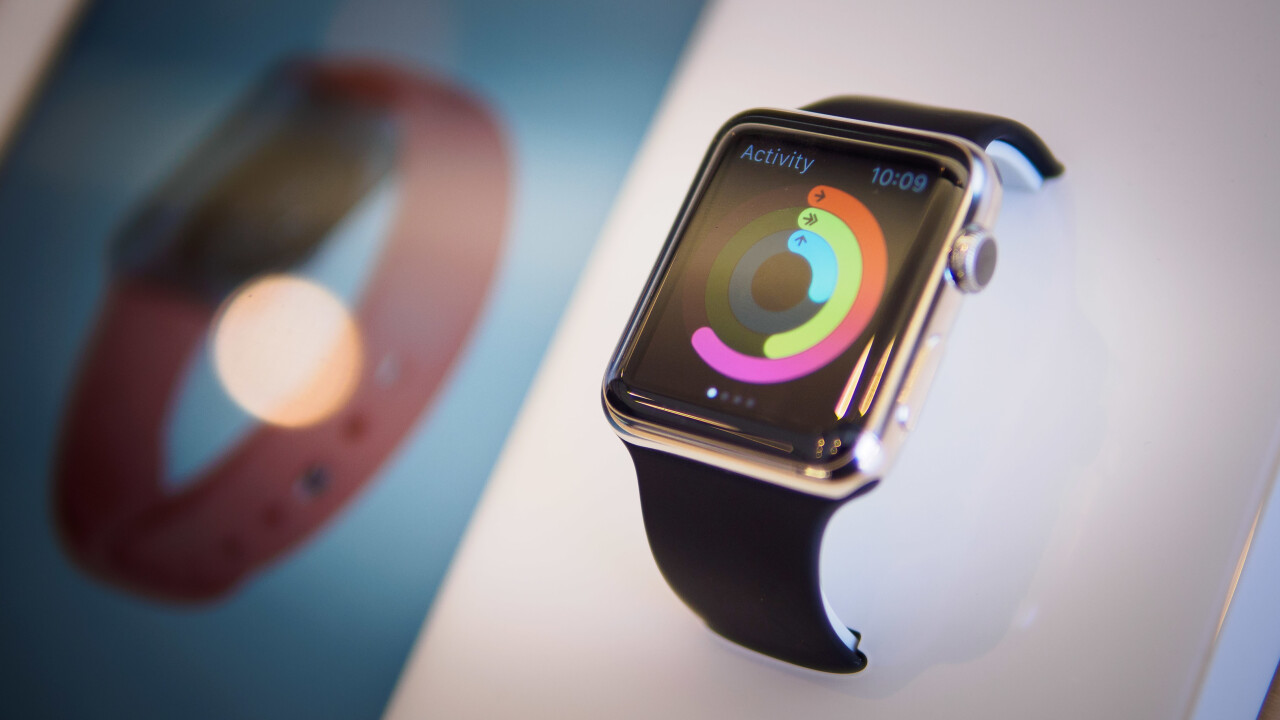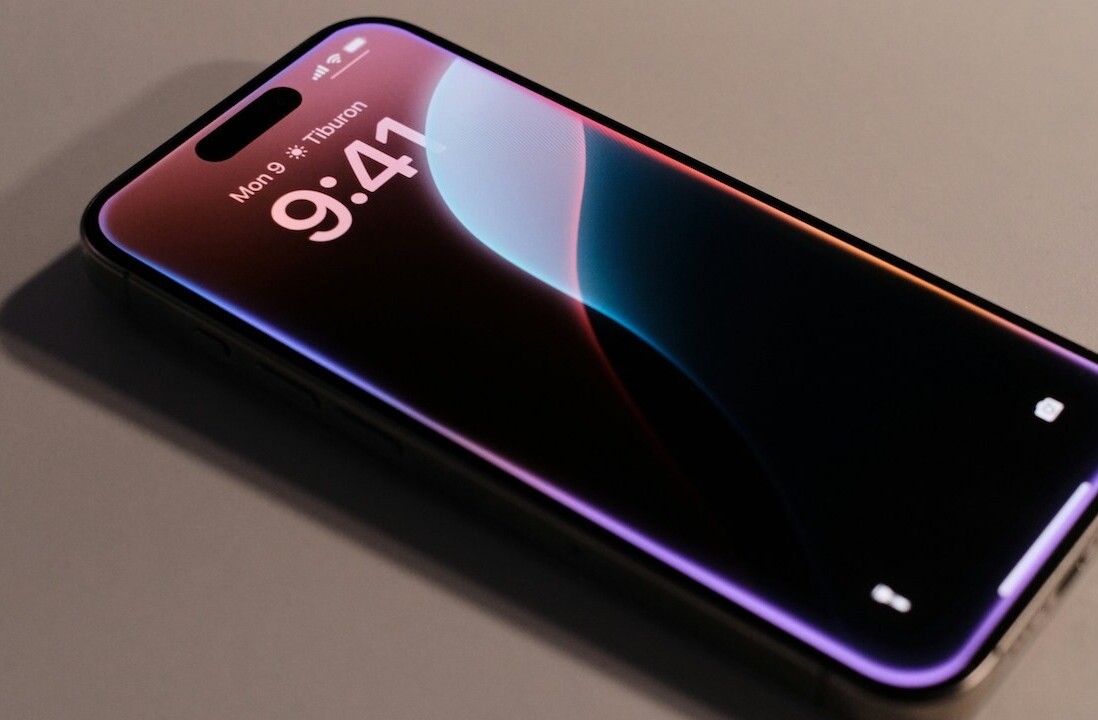
A pedometer isn’t enough for a device to call itself a serious fitness tracker nowadays – a heart rate sensor is essential for giving meaningful measurements during intense activity.
Naturally, Apple says the heart rate monitor on its smartwatch is better than the one’s you’ll find in competing devices, but it could actually be more advanced than they’ve hinted so far: it might be able measure your blood’s oxygen levels too.
At least, that’s what the folks at iFixit think. When they opened up the smartwatch in one of their teardowns, they noticed something odd: the heart rate sensor wasn’t just the optical module you usually find on smartwatches and fitness trackers – it’s a pulse-oximeter.
iFixit on the Apple Watch's heartrate sensor: pic.twitter.com/aE3goYegAL
— Steve T-S (@stroughtonsmith) April 24, 2015
Knowing your oxygen levels is handy. If you’re hiking, for instance, you can get a better sense of how you’re adapting to high altitudes, and it’s useful metric if you’re an athlete (especially if you have asthma).
Most importantly though, it’s simply another measurement to provide a more holistic view of your health and fitness, and it might come in handy for doctors and biologists using Apple’s ResearchKit too.
That nobody noticed yet is understandable; pulse-oximeters work similarly to optical heart rate monitors in that they shine a light into your skin to measure changes in your blood flow. The increased blood volume per pulse changes light transmission through the skin, which a sensor similar to the one in your camera then measures.
Oximetry, however, takes the additional step of testing the how oxygen levels affect the way your blood interacts with light – basically, the more oxygen, the brighter the red of the blood, and the more infrared light it absorbs.
Of course, you then have to wonder why Apple hasn’t said anything yet. Besides potential FDA qualms – pulse-oximetry would subject the watch to closer scrutiny – it’s probably just not ready yet. We wouldn’t be surprised to see the extra functionality added in a future update though. There’s no point in spending money on a more complex module otherwise, and it wouldn’t be the first time a smartwatch had hidden features be activated later.
You can check out the rest of iFixit’s teardown here. In case you were wondering though: no, you can’t replace the battery yourself.
➤ iFixit via @Stroughtonsmith
Get the TNW newsletter
Get the most important tech news in your inbox each week.




